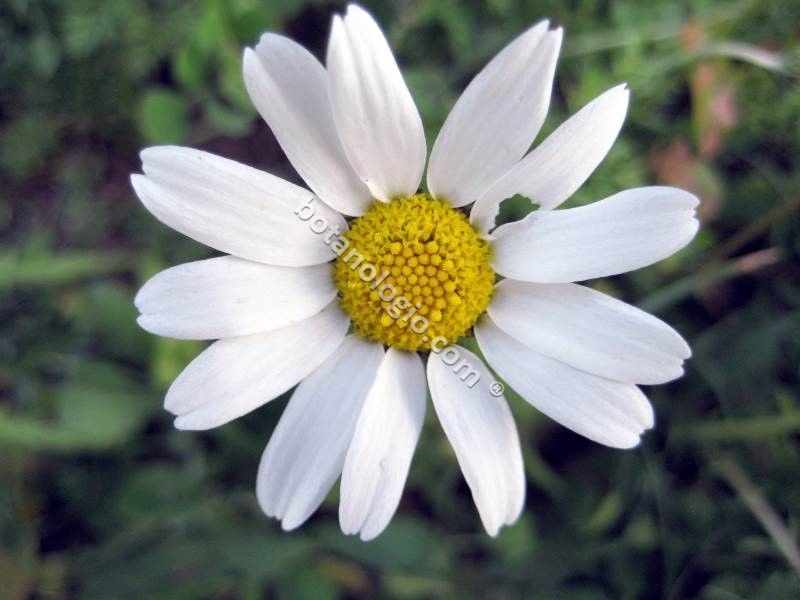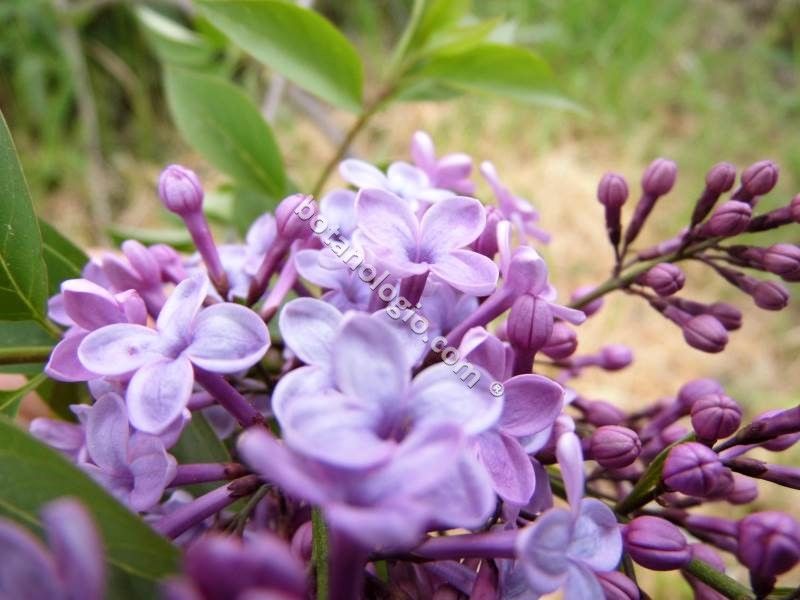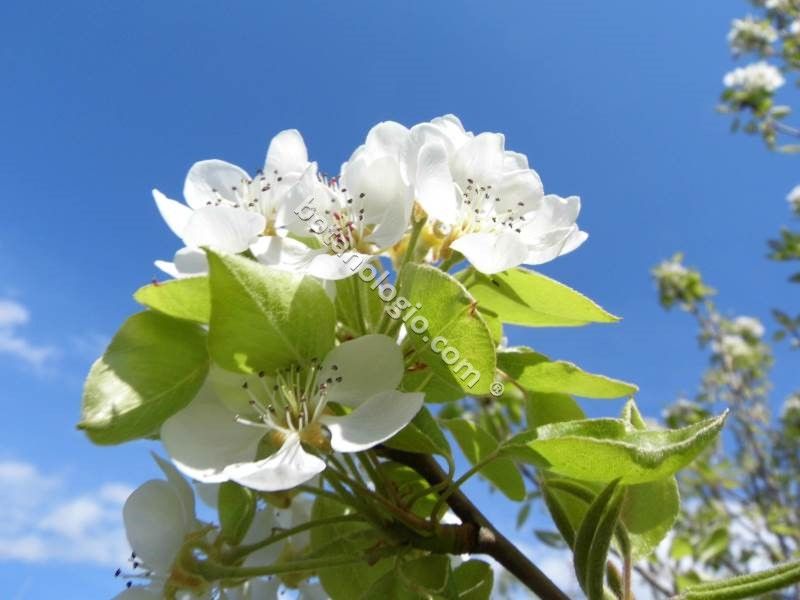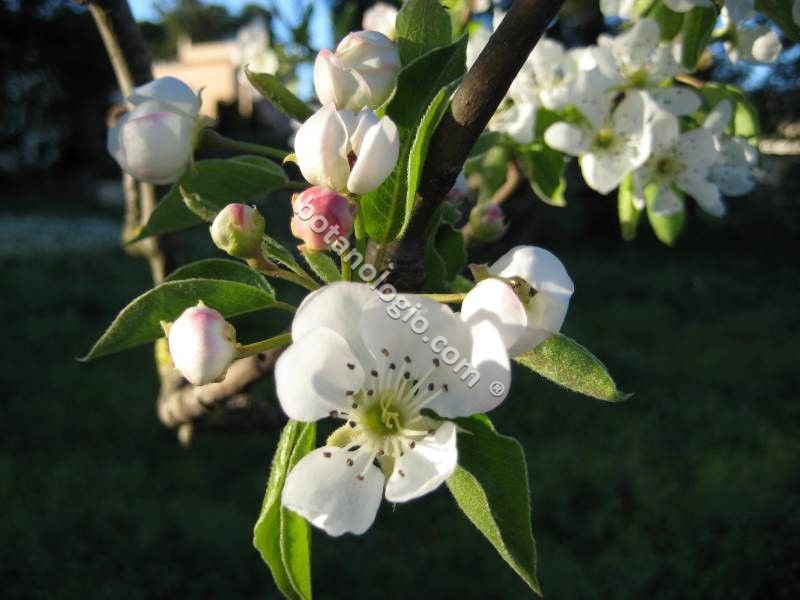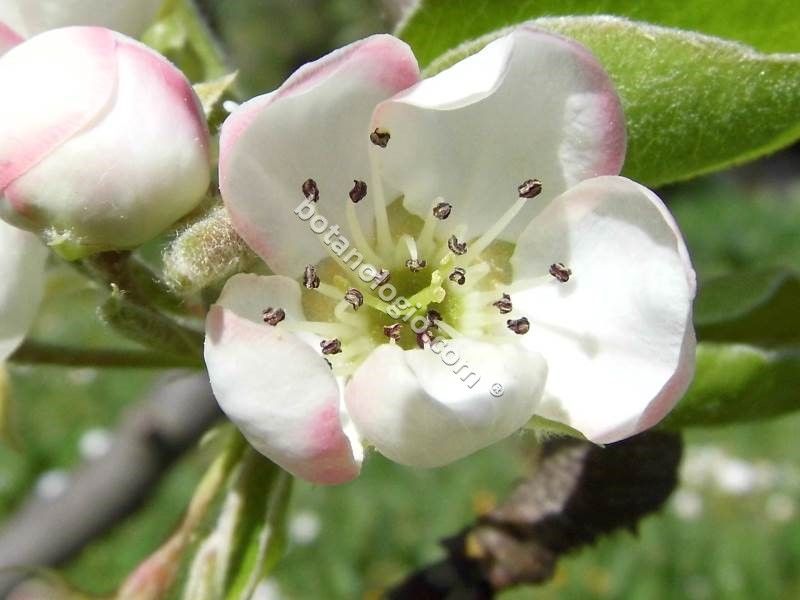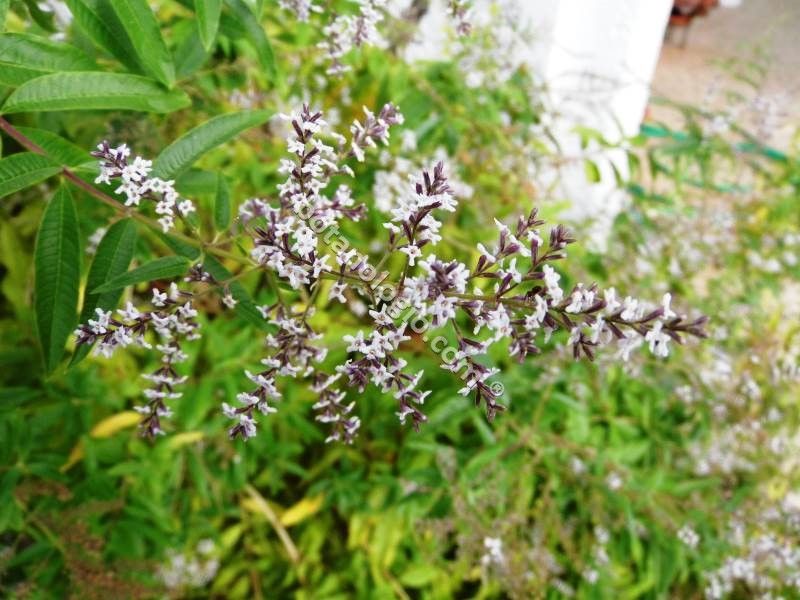Aloe, way of collecting
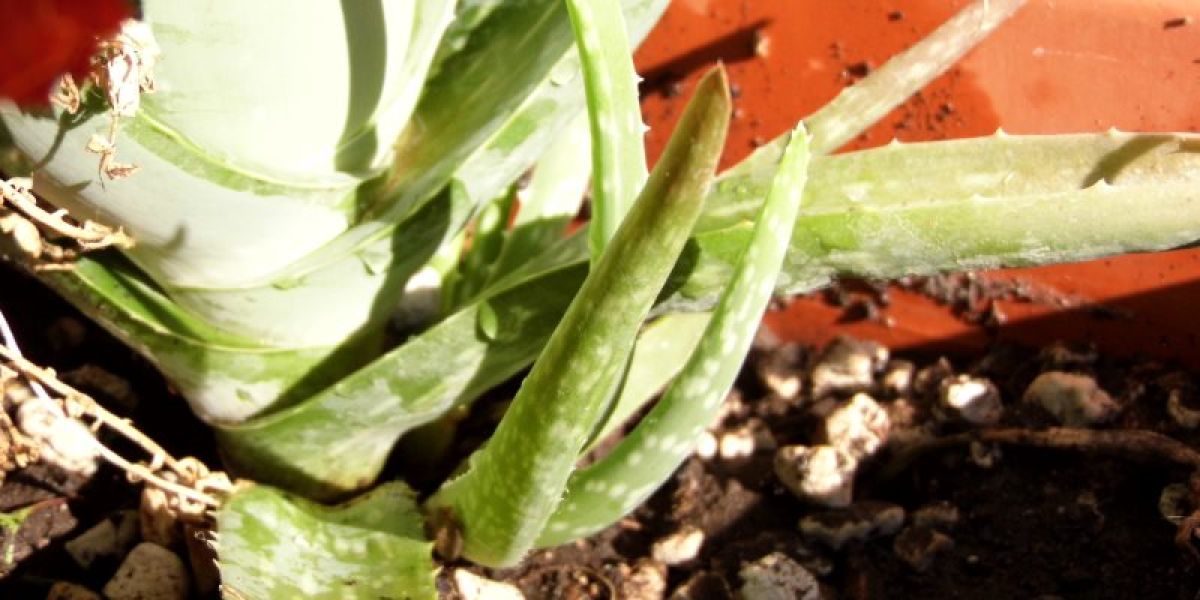
Aloe is a perennial plant with large fleshy leaves from which is extracted the gel that is widely used in medicine and cosmetics. Aloe thrives in dry climates and arid soils, and is often found in home gardens as an ornamental plant.
The particularly beneficial juice of aloe, contains many vitamins. It is rich in vitamin C and E, B carotene, vitamin B1, B2, B6 and vitamin B12. It also contains folic acid (B9), organic acids, minerals, trace elements such as manganese and magnesium and amino acids. The juice also contains saponins, sulfur, copper, potassium, selenium, sodium, calcium, iron and zinc.
The healing properties of the juice, as well as the multitude of vitamins we mentioned, are contained in the leaves of aloe, in gel form. The leaves are ripe for use after the fourth year of ripening, while remaining productive for at least another four years. The gel is extracted by cutting the leaf vertically and opening it so that the juice can be removed clean.
The yellow-green liquid that comes out when the leaf is opened, is not the therapeutic gel we use. When we open the leaf we must rinse and clean the gel well from the liquid, as it can irritate the skin and irritate the digestive system.
Other types of aloe used are:
Aloe Arborescens for the digestive system
Aloe Ferox for soft skin and regeneration
Aloe Marlothii for healthy skin
Aloe Barbadensis for those who are confused by the many names, is aloe vera itself.
Propagation is easy by offshoots that appear at the root of the cactus, while rooting easily.
Read more about the proper use of aloe, the healing properties of aloe and the cosmetic uses of aloe!
